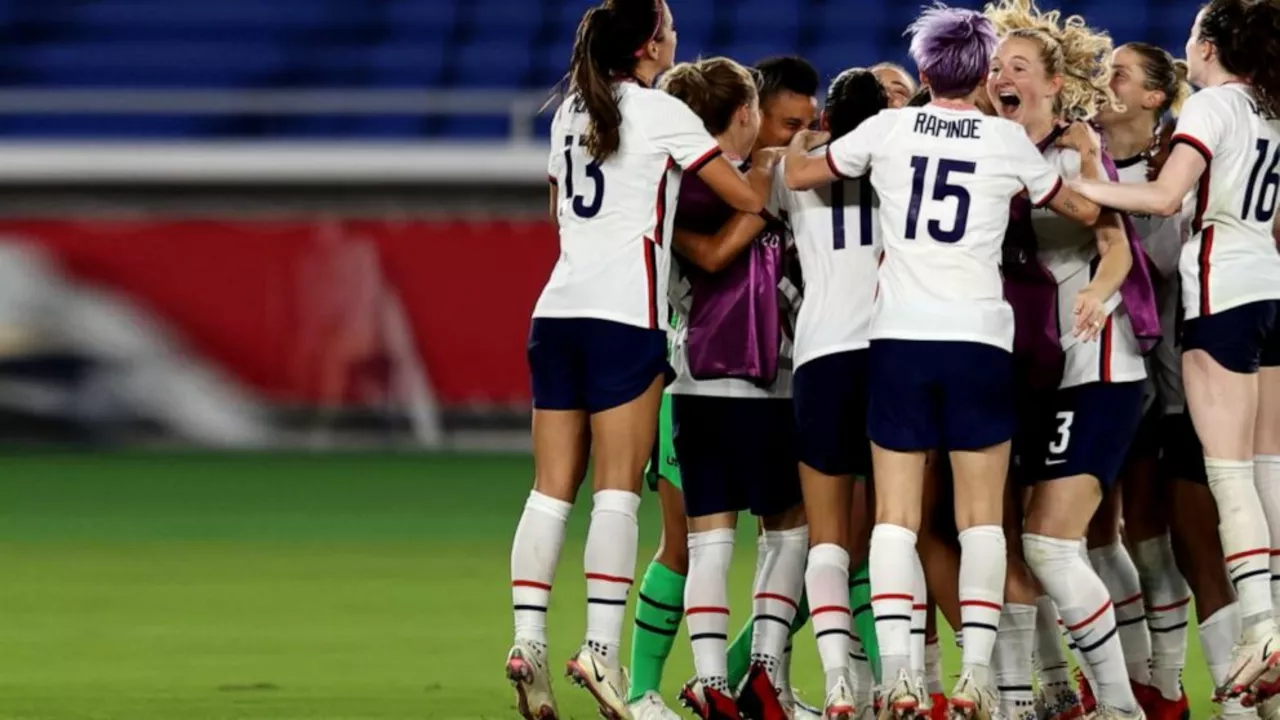The History of Gender Separation in Soccer
In this first section, I will delve into the historical reasons behind the separation of male and female soccer players. We'll explore how soccer began as a predominantly male sport, and how the women's game developed over time. I will also discuss the societal norms and attitudes that contributed to the strict division of the genders on the field.
Physical Differences Between Male and Female Athletes
It's no secret that there are some inherent physical differences between men and women. In this part, I will discuss these differences, including factors such as height, weight, muscle mass, and endurance. I will also address how these differences can impact the game of soccer, and whether mixed teams could effectively compete against one another.
Gender Equality in Sports
Gender equality is a hot topic in today's society. In this section, I will provide an overview of the current state of gender equality in sports, including the progress that has been made and the ongoing challenges that female athletes face. I will also discuss how mixed soccer teams could help to promote gender equality in the sport and beyond.
The Benefits of Mixed Soccer Teams
Could mixed soccer teams actually benefit the sport? In this part, I will explore the potential advantages of having players of both genders on the field together. This might include fostering mutual respect and understanding, promoting teamwork and communication, and providing opportunities for both male and female athletes to learn from one another.
The Challenges of Mixed Soccer Teams
While there may be benefits to having mixed soccer teams, there are also undoubtedly challenges that would need to be addressed. In this section, I will discuss these potential issues, such as differing physical abilities, concerns about injuries, and the possible resistance from fans and players alike.
Examples of Mixed Gender Sports
As we continue our exploration of mixed soccer teams, it's worth examining other sports that have successfully integrated male and female athletes. In this part, I will provide examples of mixed gender sports, such as mixed doubles tennis and co-ed volleyball, discussing the benefits and challenges they've encountered and how they could inform the development of mixed soccer teams.
How Other Countries Approach Mixed Gender Soccer
In this section, I will investigate how other countries around the world approach the concept of mixed gender soccer. Are there examples of successful mixed soccer leagues or teams? What can we learn from their experiences, and how might this knowledge be applied to the broader soccer world?
Opinions from Soccer Professionals
What do soccer professionals think about the idea of mixed teams? In this part, I will share the opinions of professional soccer players, coaches, and commentators on the subject. We'll explore their thoughts on the feasibility, benefits, and challenges of integrating male and female players in the sport.
A Vision for the Future of Mixed Soccer Teams
Finally, in this concluding section, I will present a vision for the future of mixed gender soccer teams. I will discuss the steps that could be taken to introduce mixed teams at various levels of the sport, from youth leagues to professional competitions. Additionally, I will consider the potential impact of mixed teams on the future of soccer, both on and off the field.
